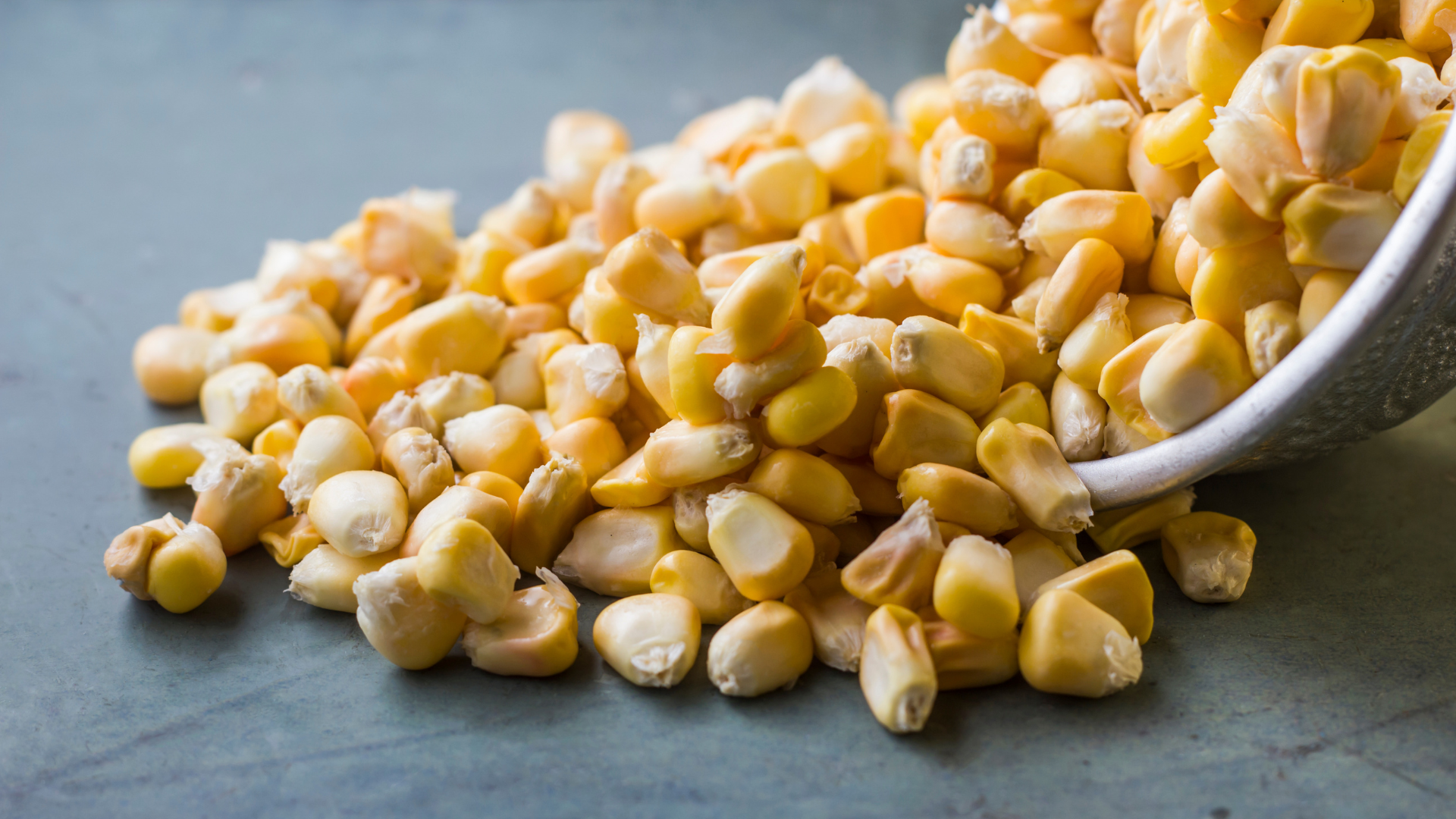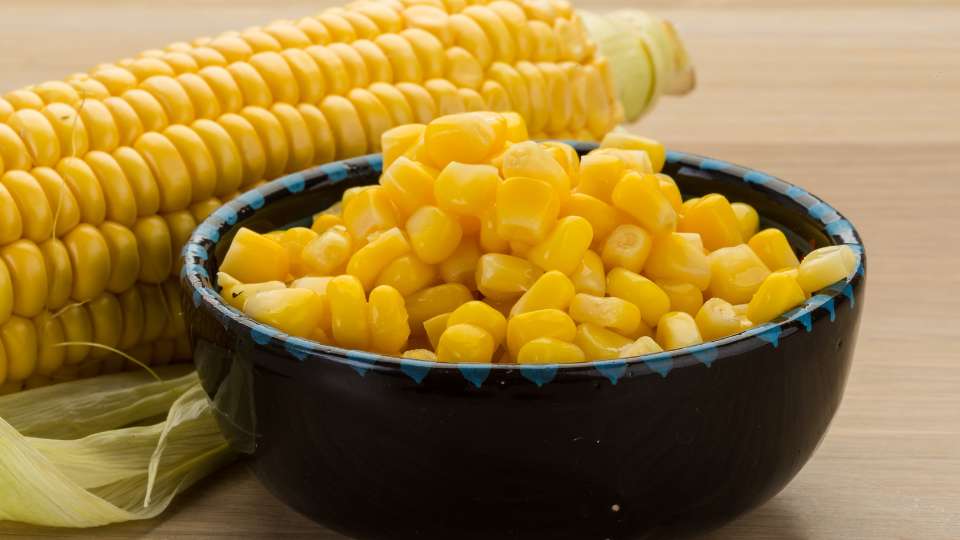Corn As a Commodity
Corn is among the major feed grains, together with sorghum, barley, and oats. It is the foremost US feed grain, making up over 95% of total feed grain production. Much of this is used in livestock feed, but it is also made into food and industrial products, such as starch, sweeteners, corn oil, beverage, and industrial alcohol. In fact, 40% alone is dedicated to fueling ethanol.
The US is a key player in the world corn trade market, exporting 10 to 20% to other nations.
Corn is grown in many US states, especially in what is called the “Heartland region”: Ohio, Nebraska, Indiana, Illinois, and Iowa, the latter two of which are top producers accounting for a third of the US crop.
Other corn producers include Brazil, India, Ukraine, Mexico, Argentina, France, and Indonesia.
Since 2010, corn acreage - or the land intended for farming - has grown to over 90 million planted acres. The market for corn as food increased as the Latin American population in the US also increased. Federal governments have also crafted policies that promote corn production, including flexibility contract payments, marketing loans, disaster aid, conservation payments, and crop insurance.
As a key commodity, the price fluctuations of corn impact other businesses. In this article, we will be looking at what corn trading is, overarching trends in corn futures, and factors traders need to be aware of.
Trading Corn Futures
Corn is the most liquid and active agricultural option on the market today, averaging over 350,000 contracts per day. Global participants include individual traders, investors, commercial firms, grain elevators (facilities) and farmers. Traders often choose the “front” month, which is typically the most active month for futures and options contracts.
Factors To Consider in Corn Trading
As an agricultural product with many uses, corn production is affected by factors such as weather events and the demand for ethanol, among others.
Weather
Droughts and tornadoes are common in the Midwest where corn is grown. These weather events may adversely affect the corn supply come harvest season.
Seasonality
Corn is planted in the spring and is harvested during autumn. Normally, corn prices go up in the spring and drop back down after the supply goes up in the fall.
Export Demand
As a globally exported crop, an increase in the world’s population may very well influence the demand for corn as food.
Projected crop size
Each year, the US Department of Agriculture (USDA) projects how much supply can be expected.
Ethanol demand
As the government funds ethanol production, changes in government policies could impact demand for corn.
USD Exchange Rate
The US is the top producer of corn in the world. Changes in the exchange rate of the US dollar determines how much money farmers receive for their crop. It also helps them decide whether they will export or sell for feedstock.
Why Trade Corn?

Trading corn can be used to diversify one’s portfolio through investments that have little to do with their financial assets. The US economy’s performance affects corn prices, allowing traders to use corn futures as a hedging tool against inflation.
With corn trading, you can do business outside traditional marketing hours and grab trading opportunities no matter the market direction. You can also trade with stronger advantages and use your trading capital more productively. However, assess your risk appetite as it may involve losses that are more than what was invested in the first place.
Corn Market Overview in Asia
The Asia-Pacific corn market projects a compound annual growth rate (CAGR) of 4.3% between 2020 to 2025. The acreage in this region has expanded in the previous year's thanks to government policies enabling self-sufficiency via domestic production and lesser imports. Its increase was also due to the growth of the livestock industry (i.e., cattle, poultry) and the commercial animal feed sector. This rise in demand correlates with the growth of the corn market.
Despite China, India, Indonesia, and the Philippines being Asia’s largest producers, the increase in demand led to trade deficits, prompting the need to import the crop. To remedy the situation, government policies in these nations helped to boost corn production, thereby helping to boost corn market growth
Where to Trade Corn Futures
You can begin trading corn on the following exchanges:
-
Chicago Board of Trade (CBOT)
-
New York Stock Exchange Euronext (NYSE)
-
Tokyo Grain Exchange (TGE)
Corn options prices are quoted in dollars and cents per bushel and are traded in bulk sizes of 5,000 bushels.
Why Trade With Orient Futures Singapore
Start trading corn with Orient Futures Singapore and experience the following benefits:
-
Licensed by the Monetary Authority of Singapore
-
Simple fee structure
-
Easily reachable through various channels (WeChat, WhatsApp, Facebook Messenger, email, phone, webchat)
-
No paperwork, 100% online registration and trading activity
-
Access to global markets due to exchange connectivity and ultra-low latency
-
Direct access to China capital markets
-
Real-time trade and account information
-
24-hour support on trading days
-
Secured funds in regulated banks
By trading corn with Orient Futures Singapore, you can participate at any time of the day in global events at global exchanges and markets; diversify your portfolio with commodities and other financial instruments; hedge against adverse price movements; and profit regardless of whether the market falls or rises.
Orient Futures Singapore gives access to the CBOT, the oldest futures exchange in Chicago. In 2007, it merged with Chicago Mercantile Exchange (CME) Group to form CME Group, Inc.






